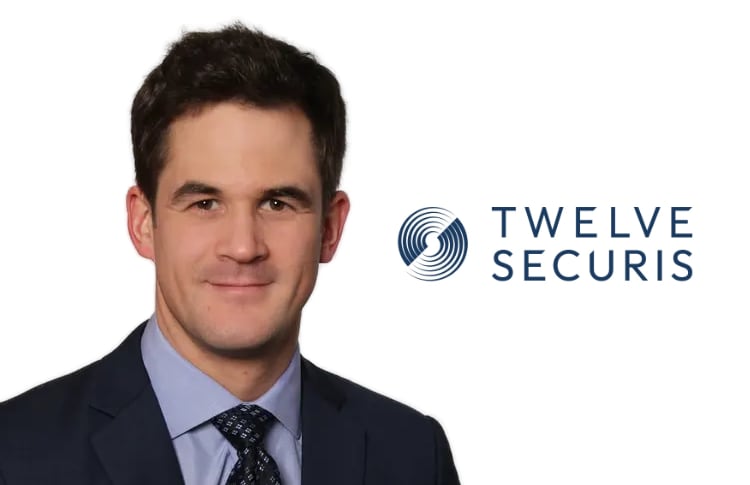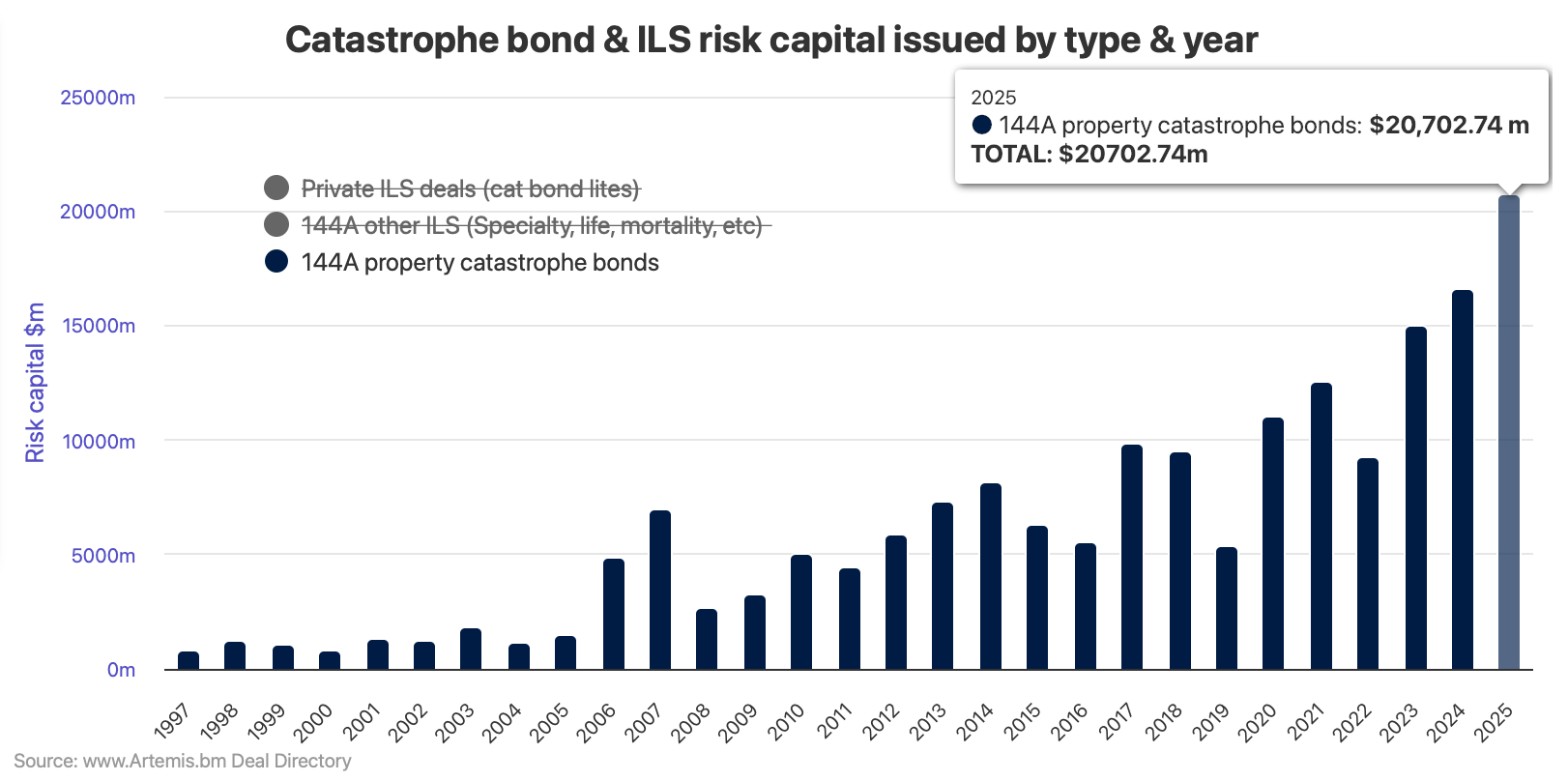
Ask your insurance agent to explain the difference between various kinds of life insurance.He will tell you that there really are two kinds: temporary and permanent.Term insurance, he will explain, is the temporary kind, and is best suited for people who have temporary insurance needs, like protecting a house mortgage.
, on the other hand, is the permanent kind, and its derivatives are best suited to protect a person’s estate or to create and leave a meaningful estate for one’s heirs.Your agent is regurgitating what he learned at insurance school.Before the state issued him his insurance license, it tested him extensively on this material, so there is a good chance he believes it.Unfortunately, faith won’t make it so.Your agent’s justification for the existence of whole life insurance is pure, unmitigated balderdash.To understand why this is so, a review of basic insurance principles is in order.Let’s start out with pure insurance.
From actuary tables representing decades of demographic observations, insurance companies can tell with a high degree of accuracy what the probable remaining lifespan is for a man or woman a given age and lifestyle.They also can determine how many men and women in a given demographic will die in one, two, or any specific number of years.With this information, insurance companies can calculate exactly how much they must collect from a pool of living individuals over a given period of time in order to cover their overhead and pay the expected death benefits.They then reduce these numbers to the actual cost per thousand dollars of benefit, stated as a function of gender, current age, and lifestyle factors such as smoking and marriage status.These tables make it abundantly clear that the cost per thousand for pure insurance goes up each year.
This means that if an insured wishes to have $10,000 of coverage, he or she will have to pay ten times the cost per thousand for the appropriate age each year.Since with every passing year, the insured is more and more likely to die, the cost of insurance goes up each year.At some point, the cost is exactly equal to the benefit, because it is a virtual certainty that the insured will die that year.Insurance companies quickly discovered that the general public—lacking any useful background in mathematics—does not understand insurance, and tends to balk at paying an increasing annual premium for a shot at a fixed dollar reward.
The argument that the value of the reward really increases every year as well—reflecting the rising odds of the insured’s family actually collecting the reward—was beyond the capacity (or interest) of the public to comprehend.In response, insurance firms came up with a marketing solution based on the time-honored principle of telling the public what it wants to hear.They created a life insurance product with a constant annual premium, reflecting the cost per thousand dollars of coverage at the establishment of the policy.Then, every year, they reduce the coverage amount—the death benefit—so that its cost to the insurance company still works out to match the constant premium.
Eventually, the odds that the insured will die in the current year approach 100%, meaning that the required premium equals the expected payout of the policy, and continuation of the policy becomes pointless.
Publisher: EINSURANCE








